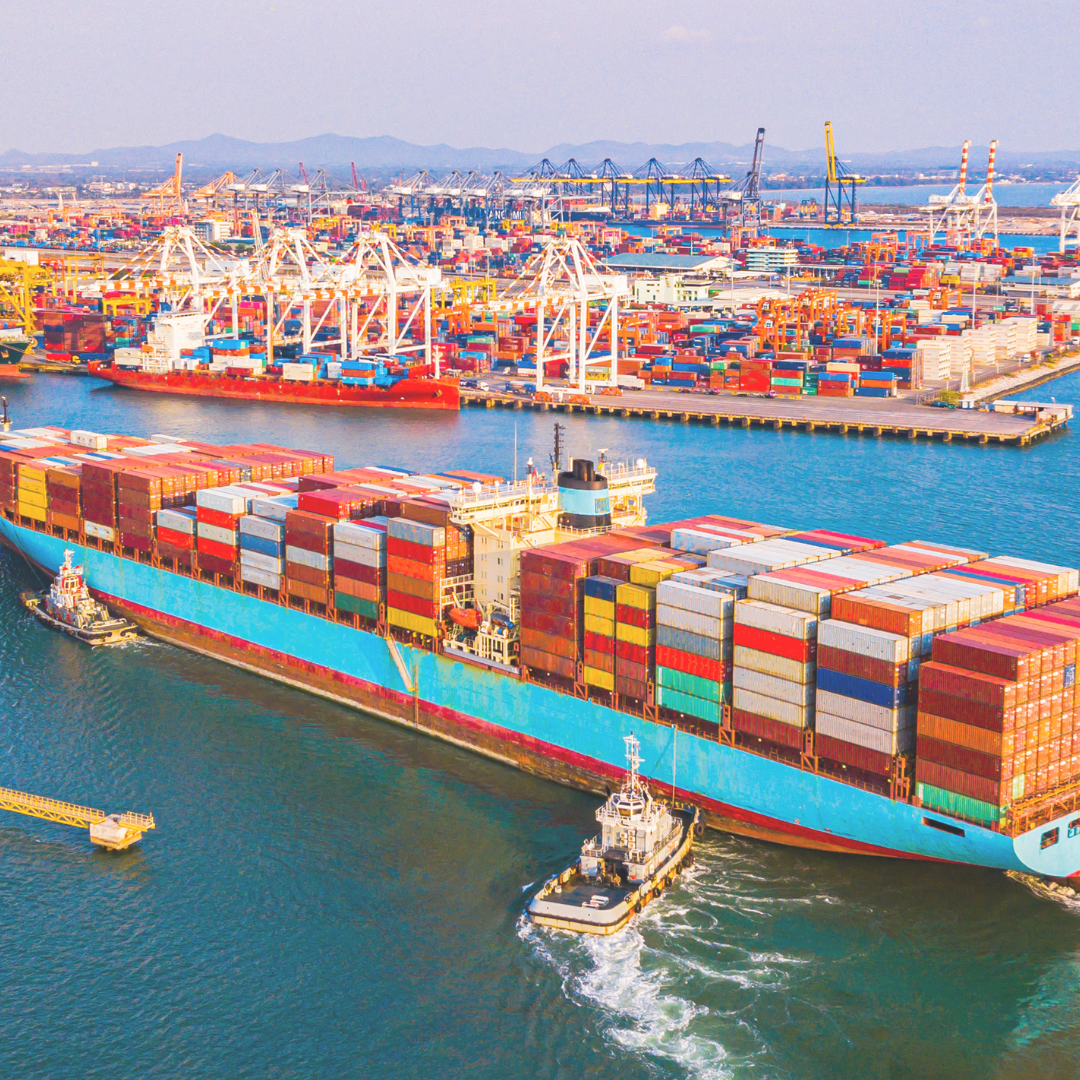Rice Import Process in the Philippines: Reduced 15% Tariff Guide

Introduction
The Philippines, one of the largest rice-importing countries globally, recently implemented a significant policy change by reducing the rice import tariff from 35% to 15%. This policy, effective from August 2024 and lasting until 2028, aims to stabilize domestic rice prices and control inflation. This presents a valuable opportunity for rice exporters, particularly from Vietnam, to expand their market share in the Philippines.
1. New Rice Import Policy in the Philippines
Key Highlights of the Policy
- Reduced Import Tariff: The rice import tariff has been lowered from 35% to 15% for ASEAN countries.
- Effective Period: The new tariff is valid from August 2024 to 2028.
Reasons for the Tariff Reduction
- Inflation Control: Rice prices in the Philippines surged by over 24.4% in Q1 2024, contributing significantly to the consumer price index (CPI).
- Price Stabilization: Lower tariffs are expected to boost supply, reduce domestic rice prices, and stabilize the economy.
2. Rice Import Process in the Philippines
Step 1: Obtain Import Permit
Importers must acquire a permit from the National Food Authority (NFA). Required documents include:
- Valid business license.
- Rice purchase contract (Sales Contract).
- Phytosanitary report from the exporting country.
Step 2: Quality Inspection
Imported rice must comply with strict quality standards:
- Phytosanitary Certificate: Certifies the rice is free from pests and diseases.
- Certificate of Origin (C/O): Particularly important for ASEAN countries to benefit from the reduced 15% tariff.
Step 3: Customs Declaration
Required documents for customs clearance:
- Commercial Invoice: Details the transaction and product value.
- Packing List: Specifies the packaging details.
- Bill of Lading: Proof of shipment.
- Phytosanitary Certificate and Certificate of Origin.
Step 4: Pay Import Taxes
- Import tax: 15% for ASEAN countries under the new policy.
- Other applicable customs fees.
Step 5: Distribution
Once cleared, the rice is transported to storage facilities or distributed to retailers across the Philippines.
3. Impact of the Policy on Vietnam
Vietnam, which accounts for over 80% of the Philippines’ total rice imports, stands to gain significantly from this policy. Key benefits include:
- Enhanced Competitiveness: The reduced tariff makes Vietnamese rice more competitive against other exporters.
- Increased Export Volume: Vietnamese exporters have the opportunity to expand their market share and boost revenue.
4. Key Considerations for Exporters
- Ensure Product Quality: Adhere to the phytosanitary and food safety standards required by the Philippines.
- Prepare Comprehensive Documentation: Ensure all required paperwork is accurate to avoid delays in customs clearance.
- Monitor Policy Updates: Stay informed about any changes to import quotas or tariff regulations.
5. Conclusion
The reduction of rice import tariffs to 15% in the Philippines provides a significant opportunity for exporters, especially from Vietnam. To capitalize on this, exporters must ensure compliance with the import process, maintain high product quality, and adapt to market demands in the Philippines.
